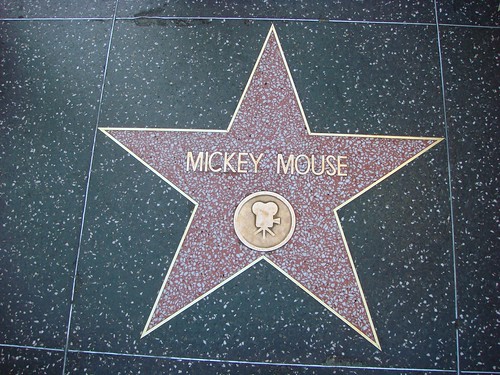If there is one thing we all have in common, it is that we all live in the solar system, a system of planets that orbit the sun in a year-long rotation, which is about 365.25 days. In addition to Earth, the sun is surrounded by seven other large planets and many other bodies and dwarf planets.
The solar system was created about 4.6 billion years ago and its address is: the local bubble on the Orion arm, the Milky Way galaxy, the universe.
Pluto is a planet discovered on February 18, 1930, and is considered the ninth planet in the solar system for about 76 years, until its definition changed from a full planet to a dwarf planet. It was discovered by an American astronomer named Clyde Tombaugh.
The name Pluto was suggested by an 11-year-old girl named Venetia Burney, after the god of the underworld in Roman mythology. Venetia learned about the solar system and knew that planets are named after gods from mythology and knew that after distant Neptune there is starless darkness, and when her grandfather read her the article about the discovery of the new star, she suggested that because of its dark place, it be named "Pluto".
The name Pluto also begins with the letters PL which are the acronyms for Percival Lowell, the man who spent the rest of his life and money locating the planet (Clyde Tombaugh worked at his institute) so the offer of the girl Venetia was accepted.
Until August 2006, Pluto was thought to be the ninth and most distant planet on Earth in the solar system. It is considered to be the smallest of the nine planets and its orbit was different from that of the other planets and so there was disagreement over its classification as a planet.
In 2003, the planet Eris, which was valued as larger than Pluto, was discovered, which further undermined Pluto's status as a planet.
On August 24, 2006, a vote was held at the International Astronomical Union conference in Prague, and it was decided to remove Pluto from its status as a planet and define it as a dwarf planet. At least one can take comfort in the fact that of the dwarf planets, it is considered to be the largest.
Like the other dwarf planets and small bodies in the solar system, a number was added to its name and its new name was 134340 Pluto.
Some more interesting facts about the planet Pluto
The width of Pluto is about 1,400 miles (2,380 km) which is about half the width of the United States, or 2/3 of the width of the Moon of the Earth.
Pluto orbits the Sun on an average orbit of about 3.6 billion miles (5.8 billion km), which is 40 times that of Earth, in an area known as the Kuiper Belt. A year on Pluto is 248 years on Earth. A day on Pluto lasts 153 hours, which is about 6 days. Earth.
Pluto's atmosphere is made up of a thin layer of gases, including nitrogen, methane and carbon monoxide. The surrounding air looks blue with clear haze.
Pluto has 5 moons. The largest, Charon, is so large that Pluto and Charon orbit each other like a double planet.
Pluto does not have a ring system.
The first and only spacecraft to study Pluto was NASA's New Horizons, which was launched on January 19, 2006 (at the time of launch Pluto was still considered a planet) and passed near Pluto on July 14, 2015.
Disney's cartoon character, Pluto - Mickey Mouse's faithful dog, made his debut in 1930, the same year that Tombo discovered the planet Pluto. There is speculation that Walt Disney named the animated dog after a recently discovered planet to take advantage of its popularity.
 |
| Photo of Pluto by the New Horizons lander, July 13, 2015 (public domain) |
How to celebrate Pluto Day?
In honor of Pluto Day you can visit the planetarium closest to you and learn more about astronomy. You can also read about the discovery and history of Pluto and why it was defined as a Nancy planet after being considered a full-size planet for 76 years. You can share your thoughts and discoveries on social media with the hashtag #PlutoDay.


